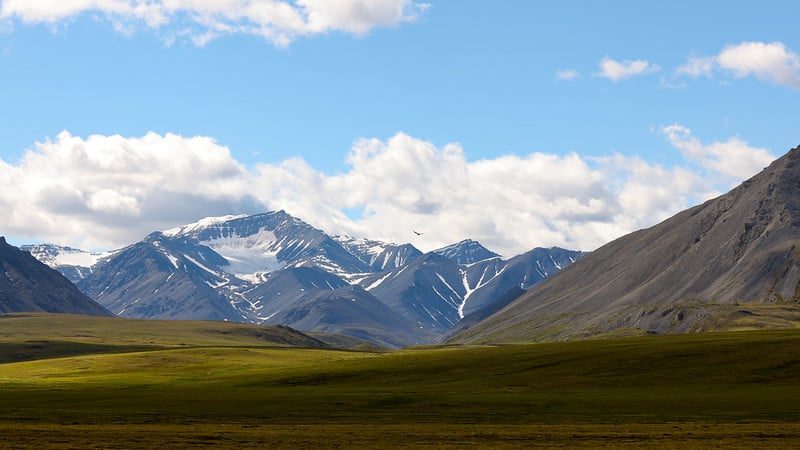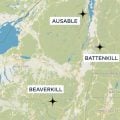Alaska D1 Land Protection Finalized

Photo: Alaska Region U.S. Fish & Wildlife Service/Flickr
The Bureau of Land Management (BLM) announced yesterday that is has finalized federal protections for D-1 lands within the state of Alaska. D-1 Lands are parcels of land that have been set aside under the Alaska Native Claims Settlement Act of 1971, which gives the Interior Secretary the authority to withdraw certain lands from development and set them aside for protection.
All of Alaska’s BLM D-1 lands were removed from development under that Alaska Native Claims Settlement Act, but the Trump administration attempted to open 28 million acres of those lands for extractive development, in late 2020. The Biden administration then paused that move, and ordered an environmental review to determine the potential impacts of development on the fish and wildlife habitat, subsistence resources, and Alaska Native communities who utilize those D-1 lands for subsistence hunting and fishing.
Per a press release from SalmonState, an Alaska-based conservation group, the finalization of these protections for Alaska’s D-1 lands means they’ll be permanently removed from development consideration.
“The Department of Interior’s finalization of these protections is an enormous win for Alaska’s wild salmon, caribou, moose, and everyone who uses D-1 lands for hunting, fishing, recreation, job creation, and the continuation of traditional ways of life,” said SalmonState Public Lands and Waters Lead Rachel James.
“These places represent some of the nation’s largest remaining intact ecosystems, from high alpine tundra to the pristine estuaries and wetlands in places like Bristol Bay, home to the world’s most abundant wild sockeye salmon runs,” said Emily Anderson, Alaska Director at the Wild Salmon Center. “With today’s announcement, the Secretary of Interior and the Bureau of Land Management are demonstrating their commitment to maintaining our nation’s biodiversity, climate refugia, and to listening to the communities most impacted by this decision.”
Utah's Federal Land Lawsuit
Grayling Protections Reviewed Again in Montana











